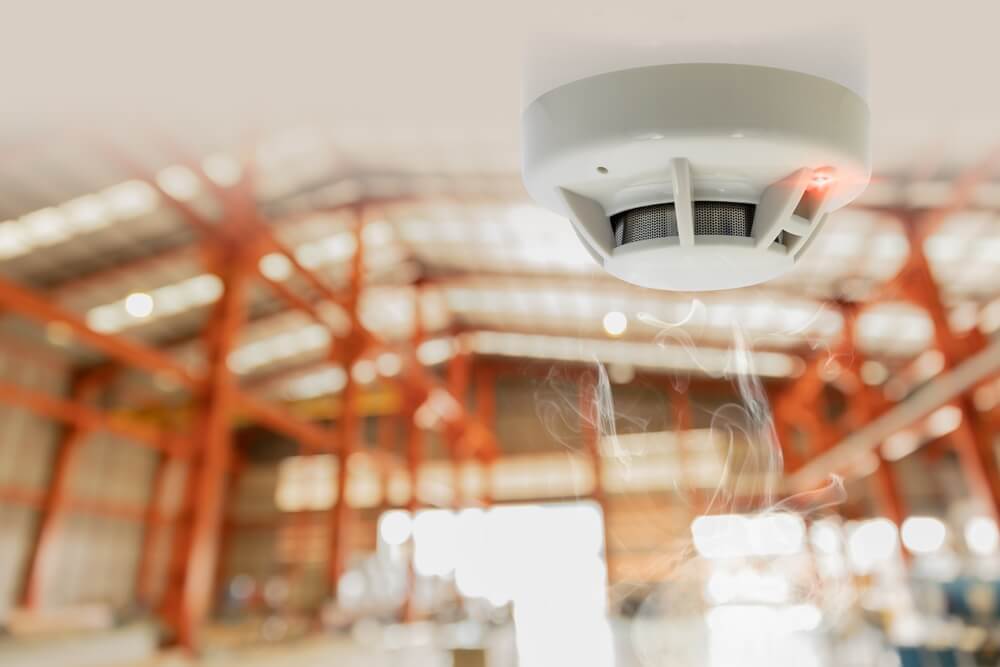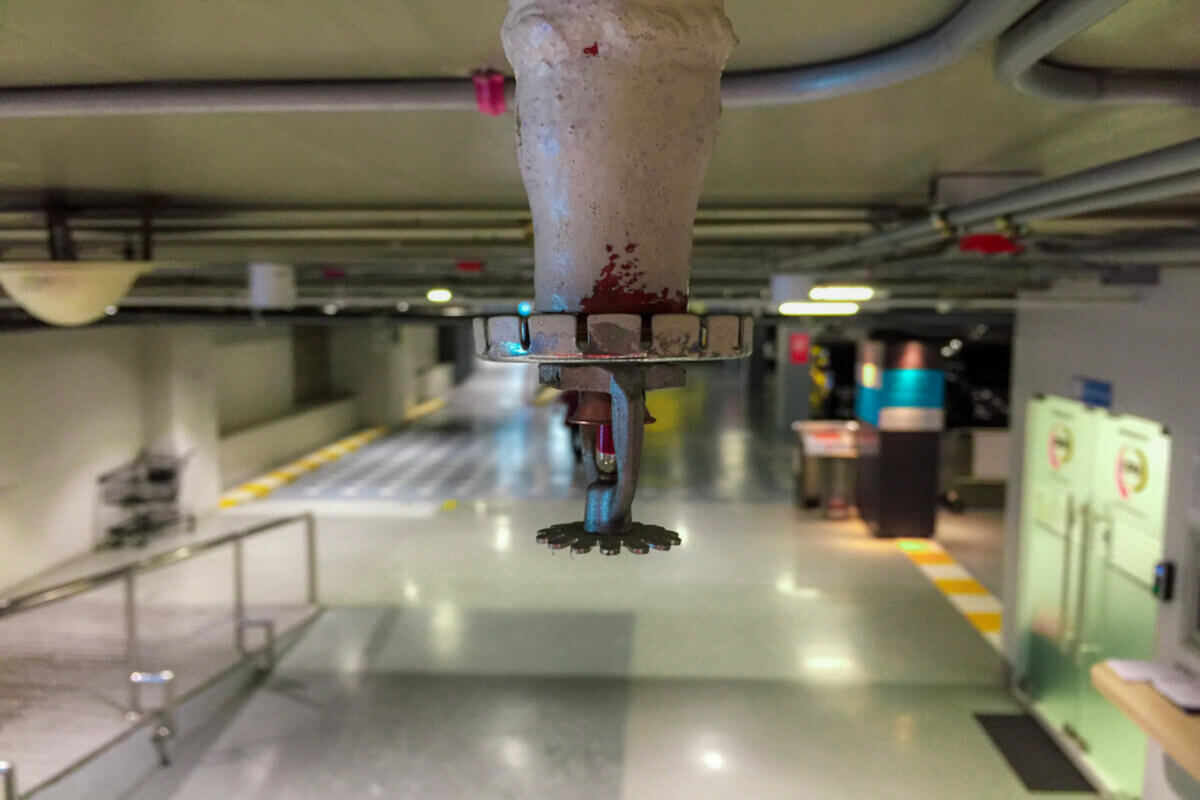Fire sprinkler systems have been an essential part of fire safety for over a century. They are designed to detect and extinguish fires in commercial and residential properties, preventing the spread of flames and minimizing damage. One crucial component of these systems is the flame detector, which plays a pivotal role in triggering the activation of water sprinklers. In this comprehensive guide, we will explore how flame detectors work to trigger water sprinklers, their significance in fire safety, and the various types of fire sprinkler systems available.
Understanding Fire Sprinkler Systems
Fire sprinkler systems are complex mechanisms that rely on several components working together to effectively combat fires. While most people may associate sprinklers with triggering alarms, it’s crucial to note that fire alarms and sprinklers serve different purposes. Fire alarms notify occupants of a fire, while sprinklers are designed to control and extinguish the flames. It is the flame detector that initiates the activation of sprinklers when it detects the presence of fire.
Flame detectors are specialized devices that are specifically designed to detect and respond to the presence of flames. Unlike smoke detectors that primarily sense smoke particles, flame detectors are highly sensitive to the unique signatures emitted by flames. When a flame is detected, the flame detector sends a signal to the fire sprinkler system, triggering the release of water to suppress the fire. This rapid response plays a critical role in preventing the fire from spreading and causing extensive damage.
Is this the solution your business is searching for? With over 30 years of expertise in providing combustion and energy systems to various industries, Lindberg Process stands ready to address your needs. Our proficiency extends to the installation of Honeywell thermal solutions, a safeguard for your industry.
Types of Flame Detectors
 There are various types of flame detectors utilized in fire sprinkler systems, each with its own set of strengths and suitable applications. The most common types include:
There are various types of flame detectors utilized in fire sprinkler systems, each with its own set of strengths and suitable applications. The most common types include:
Ultraviolet Flame Detectors
Ultraviolet (UV) flame detectors operate by detecting the ultraviolet radiation emitted by flames. They are highly effective in detecting fires that produce a significant amount of UV radiation, such as those fueled by hydrocarbons or flammable liquids. UV flame detectors are commonly used in industrial settings where the risk of combustible liquid fires is higher.
Infrared Flame Detectors
Infrared (IR) flame detectors utilize infrared sensors to detect the heat emitted by flames. They are particularly sensitive to the specific wavelengths of infrared radiation produced by flames. IR flame detectors are suitable for detecting fires that emit a substantial amount of heat, such as those fueled by solid combustible materials like wood or paper.
Dual-Spectrum Flame Detectors
Dual-spectrum flame detectors combine both UV and IR technologies to enhance the accuracy and reliability of flame detection. By utilizing multiple sensing methods, dual-spectrum detectors can effectively detect a wide range of fire types and minimize the risk of false alarms. These detectors are often used in high-risk environments where the presence of various fire hazards is likely.
The Activation Process of Fire Sprinkler Systems
Once a flame is detected by a flame detector, the activation process of the fire sprinkler system is initiated. It’s important to understand that not all sprinklers in the system will activate simultaneously. Instead, only the sprinkler closest to the fire will be triggered, allowing for targeted water discharge directly onto the flames. This localized activation helps to minimize water damage and ensures that the fire is effectively extinguished.
The integration of flame detectors and fire sprinkler systems offers numerous benefits in terms of fire safety. Some of the key advantages include:
- Early detection and rapid response: Flame detectors provide early detection of fires, ensuring that the sprinkler system is activated promptly, reducing the risk of fire spread and allowing occupants more time to evacuate safely.
- Targeted fire suppression: By activating only the sprinkler closest to the fire, water is directed precisely at the source of the flames, effectively extinguishing the fire and minimizing damage to the surrounding areas.
- Minimized water damage: The localized activation of sprinklers not only reduces water usage but also helps to minimize water damage to the property. This targeted approach ensures that only the necessary amount of water is released to control the fire.
- Continuous monitoring: Flame detectors continuously monitor the environment for the presence of flames, providing ongoing fire detection capabilities and enhancing the overall fire safety of the premises.
Importance of Proper Installation and Maintenance
To ensure the optimal performance and reliability of flame detectors and fire sprinkler systems, proper installation and regular maintenance are crucial. Professional installation by qualified technicians ensures that the system is correctly configured and meets all relevant safety standards. Regular inspections and maintenance, including testing the functionality of flame detectors and sprinkler heads, are essential to identify any issues or malfunctions and address them promptly.
Conclusion
To ensure your business remains safeguarded and free from potential liabilities, reach out to Lindberg Process Equipment today to initiate the installation of a flame detector. Our team is here to assist you in shielding not only your enterprise but also your equipment, colleagues, and the very livelihood that sustains you. Get in touch now to secure a safer tomorrow.





